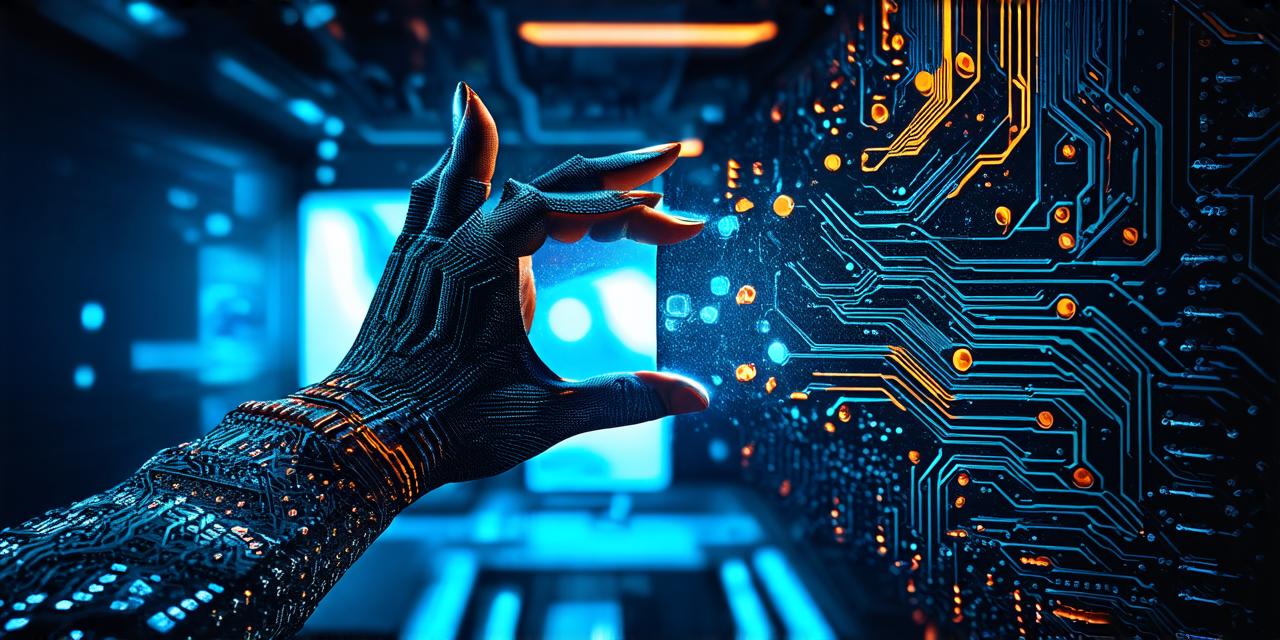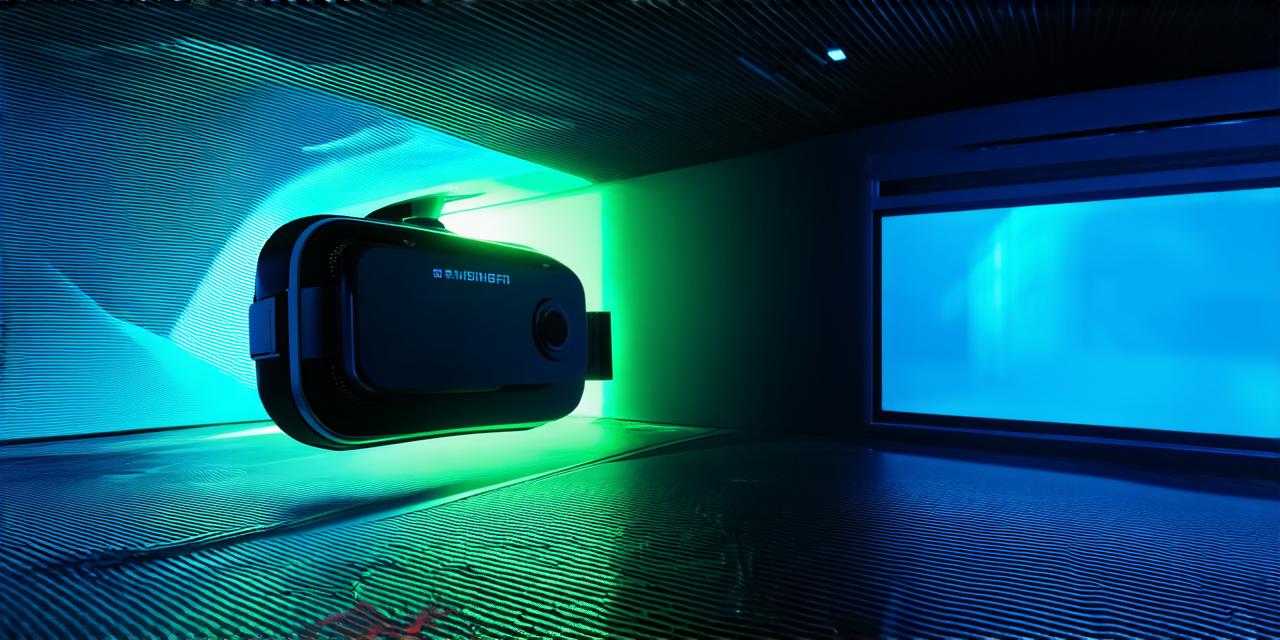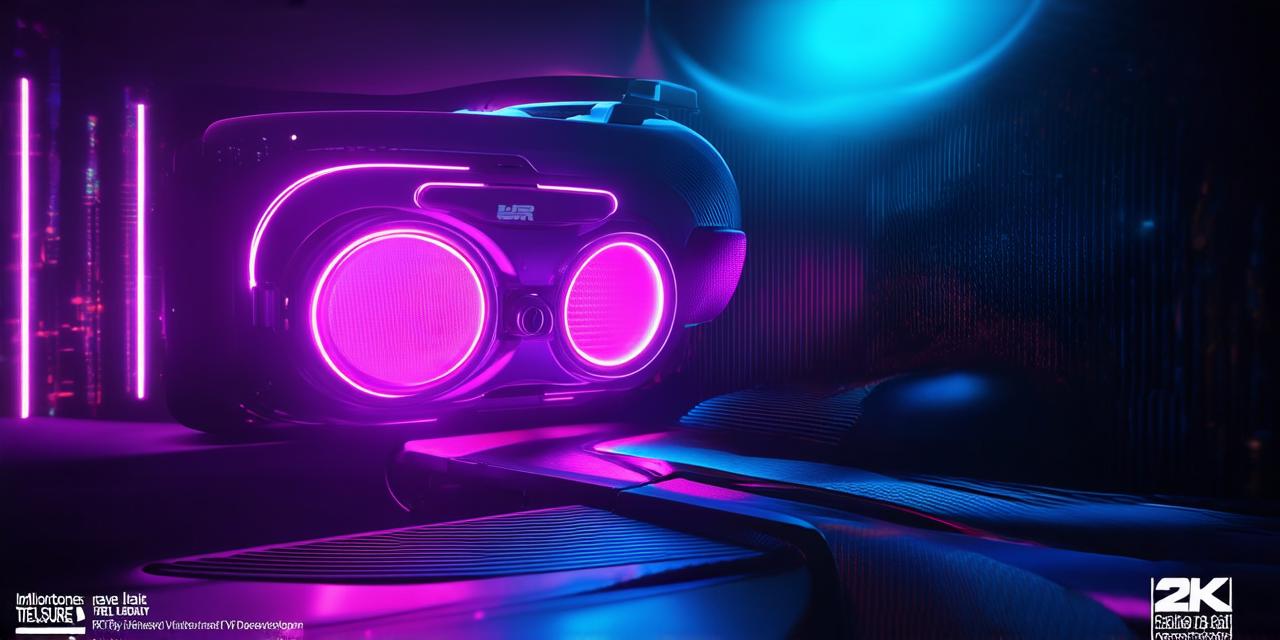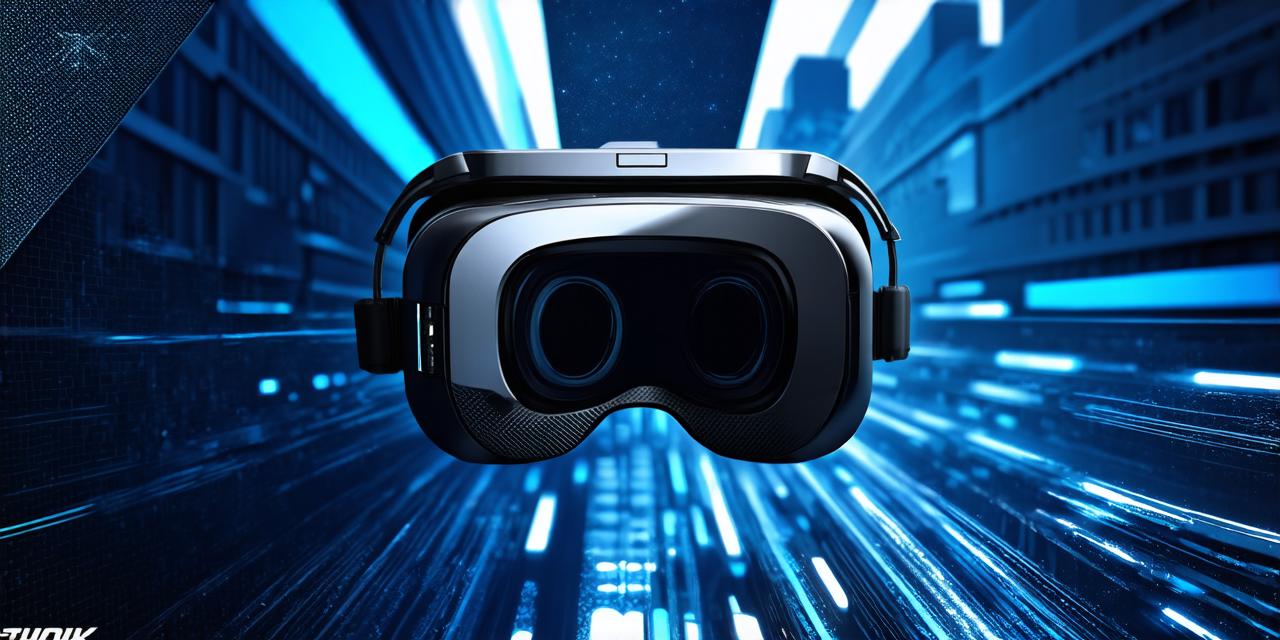Introduction
Virtual reality is a rapidly growing technology that is changing the way we interact with the world around us. It has numerous applications in various fields such as gaming, education, healthcare, and more.

Hardware Requirements for VR Applications
Virtual reality requires high-performance hardware to render realistic graphics and provide smooth motion tracking. Some of the key hardware requirements for VR applications include:
- Graphics Processing Unit (GPU): VR applications require powerful GPUs to render high-quality graphics. The GPU is responsible for processing graphics data, which includes textures, lighting, and shadows. It also handles anti-aliasing, which reduces the appearance of jagged lines in the images.
- Central Processing Unit (CPU): The CPU is responsible for executing instructions and managing the overall flow of data in a VR application. It also handles input processing, which includes tracking user movements and translating them into the virtual environment.
- Random Access Memory (RAM): VR applications require a lot of RAM to store data and perform real-time computations. The more RAM a VR application has, the smoother it will run, especially when dealing with large datasets or complex graphics.
- Storage: VR applications also require a lot of storage space to store game assets, textures, and other files. This includes hard disk drives (HDDs) and solid-state drives (SSDs).
- Motion Capture System: VR applications that require motion tracking, such as games or educational programs, require specialized hardware to track user movements accurately. This includes sensors, cameras, and software algorithms that process the data and translate it into the virtual environment.
Software Requirements for VR Applications
In addition to hardware requirements, VR applications also have software requirements that demand substantial computing power. Some of these software requirements include:
- Game Engine: VR applications often use game engines such as Unity or Unreal Engine to create and manage the virtual environment. These engines require powerful computers to handle complex graphics processing and real-time rendering.
- Operating System: VR applications run on an operating system such as Windows, macOS, or Linux. These operating systems also require substantial computing power to manage system resources and provide a smooth user experience.
- Middleware: Middleware is software that sits between the application code and the hardware devices. It provides a layer of abstraction that allows the application to interact with the hardware without having to know the details of how it works. VR applications require middleware that can handle complex graphics processing, motion tracking, and other tasks.
- Development Tools: VR developers use various tools such as integrated development environments (IDEs), debuggers, and profilers to create and optimize their applications. These tools also require substantial computing power to run efficiently.
Summary
In conclusion, any significant VR application demands substantial computing power due to its hardware and software requirements. The hardware requirements include powerful GPUs, CPUs, RAM, storage devices, and motion capture systems. The software requirements include game engines, operating systems, middleware, and development tools.
Without this computing power, VR applications would not be able to provide an immersive and realistic experience. As the VR technology continues to evolve, we can expect the hardware and software requirements to become even more demanding, leading to new advancements in VR technology.



